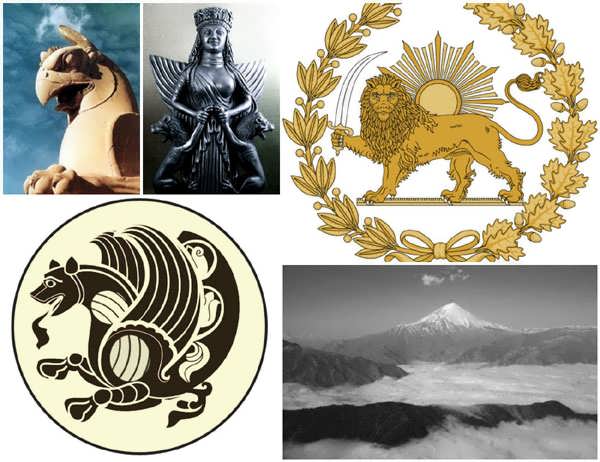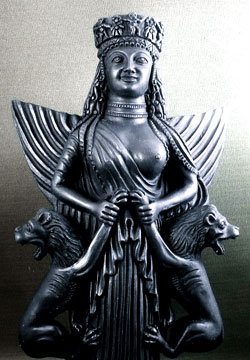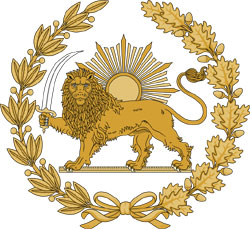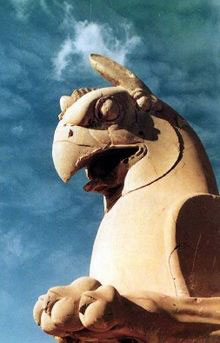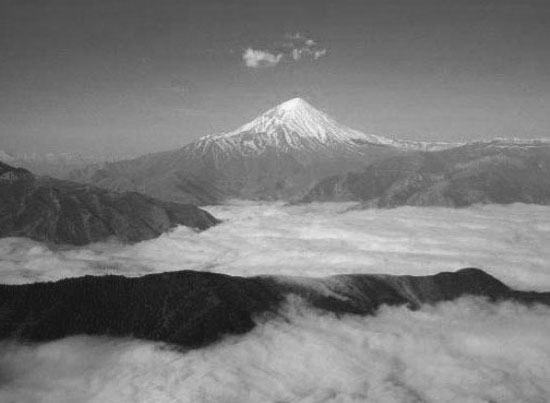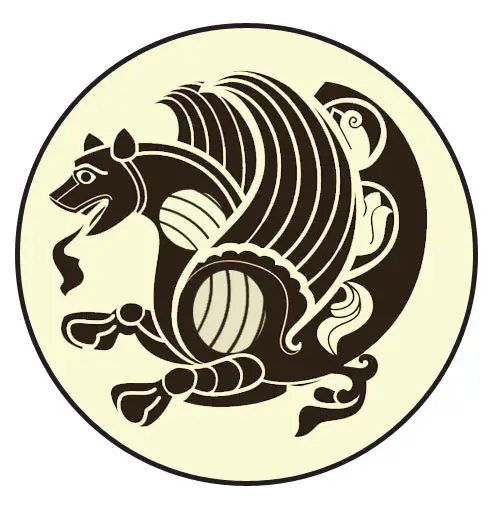The ancient Persian symbols have always been magnificent and mystic. These symbols are not only visible dominantly in the ancient lithographic scriptures but have carried on their legacy in the present times as well. The fact that these symbols are used all over the country signifies the importance of these over time.
The Ancient Persian Culture
The land of ancient Persia, as we know today, was located in the region now identified as Iran and Afghanistan. The human civilization is known to have existed as early as 1200 BC. The first Persian state was established in 700 BC. This ancient land is imprinted with successful invasions of a number of ambitious conquerors; the most significant dynasties being the Greeks, the Arabs, the Turks, and the notorious Mongols. The empire was constantly expanded through regular military conquests.
The Persians were highly advanced. This can be clearly concluded from the fragmented remains of the ancient Persian capital Persepolis which shows the use of complex geometrical mathematics and astronomy in its creation. Along with geometrical shapes, the art of the time focused on stylized representation of both real and imaginary creatures including lions, peacocks, griffins, and phoenixes. With time, these mythical elements along with the ancient deities came to be regarded as highly significant pillars of the history of the region.
The Religions Practised By Ancient Persians
The ancient Persians followed Zoroastrianism started by the prophet and the teacher Zoroaster. Founded in 600 BC, Zoroaster helped unite the empire through this religion. He preached the worship of a single God named Ahura Mazda rather than multiple idols worship. The religion emphasized the battle between good and evil and the triumph of the former over the latter. Highly dominant in the previous eras, there are only a few Zoroastrians now.
The ancient Persians were fascinated by mythical creatures and gave them the utmost importance as can be seen below.
The Persian Water Goddess Anahita
Anahita is the Persian goddess of water. She is also known as the Fertility Goddess, the Lady of the Beasts, and the Goddess of the Sacred Dance. Anahita dominated the waters and ruled the stars and fate. She depicts the creative principle of females. Perceived with wings and accompanied by mighty lions, Anahita is often pictured with a bejeweled diadem of stars. She is also associated with lakes, rivers, and waters of birth. She is the patroness of women and a war goddess.
Anahita means “the immaculate one”. She is pictured as a virgin, donning a golden cloak and ornate in a diamond tiara. Her sacred animals are the dove and the peacock. In ancient Persia, Anahita was very popular and is considered amongst The Great Goddess appearing in many eastern religions.
The Sun And The Lion
This ancient Persian symbol comprises two images- a lion and the sun. The lion represents divinity, royalty, and the mighty lineage of the kings, much like the astrological constellation Leo. The image of the sun symbolizes the ruler of heaven. This is a very famous symbol and has been used by rules all over history as banners since ancient times.
The Bird Of The Paradise: Huma
The Huma bird is a legendary mythical creature from the Sufi fables. It is said to never land and live its entire life during flight. It flies invisibly high above the earth, impossible to spot through the human eyes. Also referred to as the bird of fortune, the Huma bird is a compassionate creature and symbolizes happiness. According to the Sufi lore, once you catch a glimpse of Huma or its shadow even, happiness will ensue for the rest of your life. The prominent Sufi preacher Inayat Khan portrays the spiritual dimension of this bird. According to him, it represents the evolution of a thought to the zenith where it breaks all limitations. “Huma” in the Persian language stands for the fabulous bird. It was believed in the olden times that if this legendary creature sat on the head of an individual, then it was an omen to the person becoming a king. In the word Huma, “hu” represents the spirit and the word “mah” is Arabic which represents “water”. In the older traditions, it was believed that the Zoroaster was born of the Huma tree which speaks for the bible verse “Except a man be born of Water and the Spirit, he cannot enter the Kingdom of God.”
In some altered versions, the Huma bird is depicted similarly to the Phoenix. It consumes itself in the fire after a few hundred years and rises anew from its own ashes. This bird is also referred to as the Bird of Paradise. It consists of the physical features of both males and female in one body. Each nature consists of one wing and one leg. Catching a Huma bird is impossible as the legends explain. According to the Sufi religion, the Huma bird cannot be caught alive and a person who kills it dies in forty days.
The Legendary Griffins
The Griffins are popular mythical creatures used extensively in movies and fiction novels. The Griffin is a chimera or hybrid mythical creature. These legendary creatures have the body of a lion and the wings and head of an eagle; thus representing the kings of both animals and the birds. They may also bear the ears of a horse. Traditionally known for guarding treasures and possessions, griffins are protectors from evil, slander, and witchcraft as well. Sculpted in some churches, the Griffin is known in Christian symbolism and depicts both the divine and the human.
In heraldry, Griffin stands for courage, leadership, and strength. Pictured as fierce, they have gained respect for overages too. They appear regularly on the coats, arms, and flags of the noble and highly respected important families in Europe. The roots of this fascinating mythological creature reach from Western Europe to the Eastern edges of the Indian subcontinent and beyond.
Powerful and majestic, the griffins guarded gold and treasure. In the medieval era, they came to be regarded as symbols of monogamous marriage. They discouraged fidelity. Known to be strictly loyal to its partner, in the event of the death of one partner, the other griffin never mated again. They started representing Jesus As they were able to traverse in both air and earth with equal ease which symbolized the human and divine nature of Christ.
The Griffins represent both power and wisdom. They are commonly associated with strength during the war. The Genoa Republic used griffins as symbols for all its seafaring ships in the Middle Ages.
Mount Damavand
This mountain is the highest peak in Iran and all over the Middle East. It is an active volcano and is represented heavily in the Persian mythology and folktales. It stands as a symbol of the Persian resistance to the foreign rule. It is said to possess magical healing powers due to its hot thermal water springs which treat skin ailments and chronic wounds. The mountain is printed on the back side of the Iranian 10, 000 Rials banknote.
Simurg
Simurg (alternatively spelled as Simurgh, Simorgh, Simoorgh, Simour, and Senvurv) is an ancient Persian mythological bird. This immortal, gigantic, female-winged creature is usually described as having a scale-covered body, with a dog’s head and foreparts, lion’s claws, and peacock’s wings and tails. It is also depicted sometimes with a human face.
The Simurg was considered a benevolent guardian figure with protective and healing powers. It was believed to purify the waters and the land and bestow fertility. It was also seen as a messenger or mediator between the Sky and the Earth, and symbolic of their union. The Simurg is mentioned quite frequently in classical as well as modern Persian literature, used specifically in Sufi mysticism as a metaphor for God.
The mystical bird appears in several old tales of creation. According to Persian legends, the Simurg was very old, so much so that it had witnessed the world’s destruction thrice.

